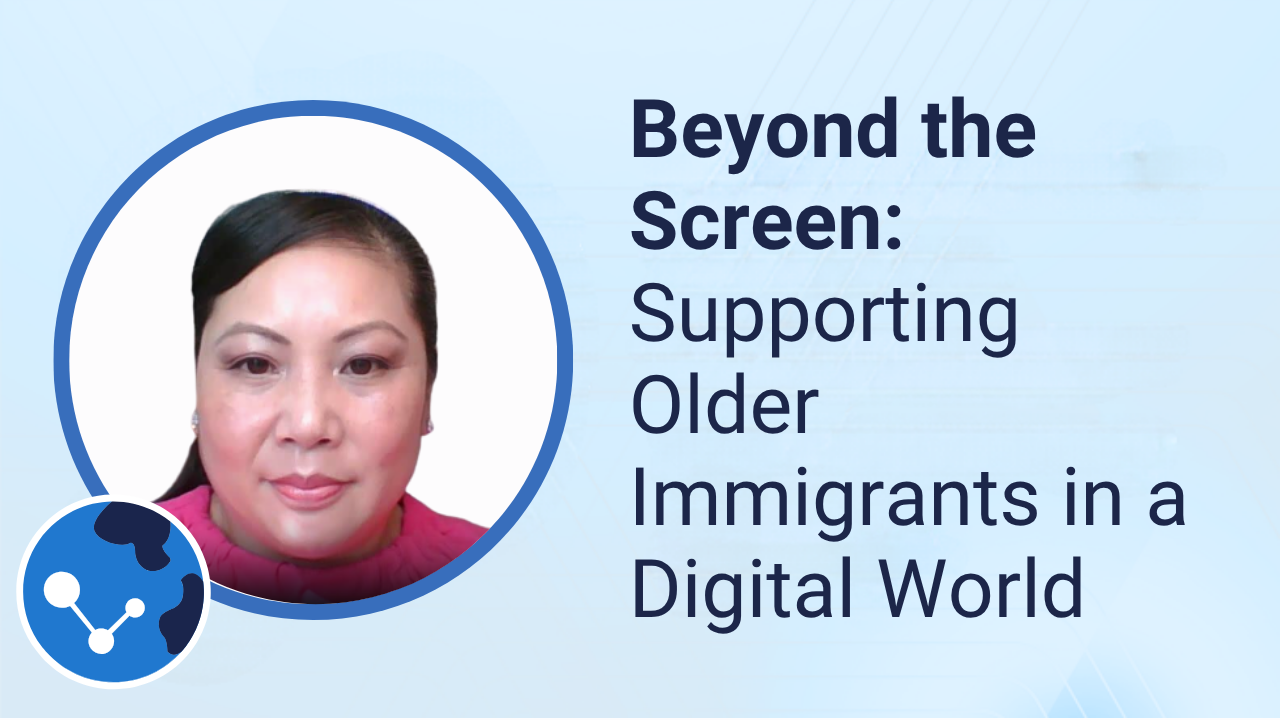Bridging the Digital Divide: Web-Based Senior Centers for Immigrant Elders

Older adult immigrants face unique challenges in accessing web-based senior center programming, particularly when it comes to technology use and telehealth. A recent study, published in the Asian/Pacific Island Nursing Journal of JMIR Publications, sheds light on these critical issues, offering valuable insights for community-based organizations and healthcare providers.
Understanding the Digital Divide for Older Asian Immigrants
Led by Dr. Connie Kim Yen Nguyen-Truong from Washington State University College of Nursing, a team of researchers investigated the readiness of older Asian immigrant adults (specifically Chinese, Koreans, and Vietnamese) to use web-based senior centers. Their cross-sectional study, involving 216 participants, explored technology access, telehealth readiness, and the psychosocial health impacts a web-based senior center could address.
The findings revealed significant differences in technology adoption and preferences among the groups. For instance, only a small percentage of Vietnamese participants started using new electronic devices for communication after the COVID-19 outbreak, compared to half of Korean participants and less than one-fifth of Chinese participants. This disparity could be attributed to a lack of awareness about available technology, insufficient knowledge on how to use devices, or discomfort with their use.
The study also highlighted distinct platform preferences: most Chinese participants used WeChat, Koreans favored KakaoTalk, and Vietnamese often used Facebook Messenger for written texts, Apple FaceTime, or Facebook Messenger for audio and video. This suggests that a one-size-fits-all approach to web-based programming will not be effective.
Telehealth Adoption and Trust
Telehealth presented another area with notable group differences. Many Vietnamese participants expressed they would never consider telehealth, often citing a lack of knowledge on how to begin. Across all three groups, a significant concern was the quality of web-based care and social services, with many doubting the accuracy of diagnoses made via telehealth.
Interestingly, the main advantage of telehealth, according to all three groups, was the elimination of transportation needs. However, community partners from the Asian Health Service Center emphasized the crucial role of building trust over time, noting that clients are more willing to share concerns once personal connections are established.
Psychosocial Health and Future Directions
The research also touched upon psychosocial health, revealing that Chinese participants reported a greater inability to concentrate compared to Vietnamese and Korean groups, while the Vietnamese group reported experiencing more difficulties in life experiences.
In conclusion, developing an effective web-based senior center requires a nuanced approach that considers diverse platform preferences, ensures internet access, and provides education on using technology-enabled communication devices. Addressing the unique needs within each community group is paramount for promoting optimal health and well-being for all older adult immigrants.
View the whole video on YouTube and read the full research article in the Asian/Pacific Island Nursing Journal: "Towards Sustaining Web-Based Senior Center Programming Accessibility With and for Older Adult Immigrants: Community-Based Participatory Research Cross-Sectional Study".
Subscribe Now

.png)
.png)